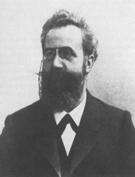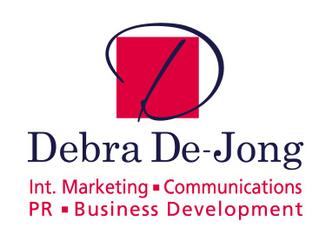 "I'm a brand," declared Paris Hilton recently. "Barbie's a brand and I knew I could be like that too – an American princess."
"I'm a brand," declared Paris Hilton recently. "Barbie's a brand and I knew I could be like that too – an American princess."Paris Hilton became famous by partying in the right clubs and being photographed with the right people. Page Six of the New York Post made her the darling of the fast crowd, which resulted in a cameo in the forgettable flick Wonderland. She became the most photographed celebrity on both sides of the Atlantic by being young, blond, rich and flaunting a hedonist lifestyle that has not been seen since Nero burned down Rome.
She quickly cashed in on her name-fame by starring in FOX’s reality show “The Simple Life”. She continued her cinematic career with National Lampoon’s “Pledge This” and with her recent appearance in “House of Wax”. She also launched a pop album “Paris Is Burning”.
In 2004 Hilton released an autobiography called “Confessions of an Heiress” in which she offers advise to would-be socialites. She also launched her own range of jewelry, her own fashion label Heiress Clothing, a fragrance, and a line of handbags.
All these activities are consistent with her Paris Hilton image. She brands herself by constantly being photographed in a certain pose, schlepping around a pint-size designer clothed dog called Tinkerbell, wearing Barbie-like designer clothes and by trademarking her signature catchphrase "that's hot!" and her logo (a tiara emblazoned with the letter "P").
Her next activities are riskier – the opening of the first of a chain of nightclubs called "Club Paris" in Orlando, FL. Las Vegas, New York, Miami, London and Paris are planned to follow.
The nightclub business is tough – several chains that were opened, operated and endorsed by celebrities have crashed or are struggling (Planet Hollywood, Fashion Café).
She is also planning to follow in Conrad’s footsteps and expand into the hotel business.
Since the Hilton hotel brandname represent a specific image, this might not only be doomed to fail but could also harm the existing Hilton hotel brand.
Another factor that might work against her is her upcoming marriage to Greek tycoon heir Paris Latsis, especially if it will be followed by a pregnancy.
The Paris Hilton brand stands for mindless fun and decadence – just see how pop princess Britney Spears completely disappeared from the radar once she became married and pregnant.
Up till now, it is not clear if Paris Hilton is an airhead who just had some major windfalls or if she is a clever marketer herself (or clever enough to hire one).
One way or the other, Paris should be careful how she will use her brand and in what areas she wants to branch out.
The taste of her target audience is fickle. If she doesn't constantly and consistently reinforces her existing brand, she will loose her audience and market.
As they say in broadcasting – stay tuned.

